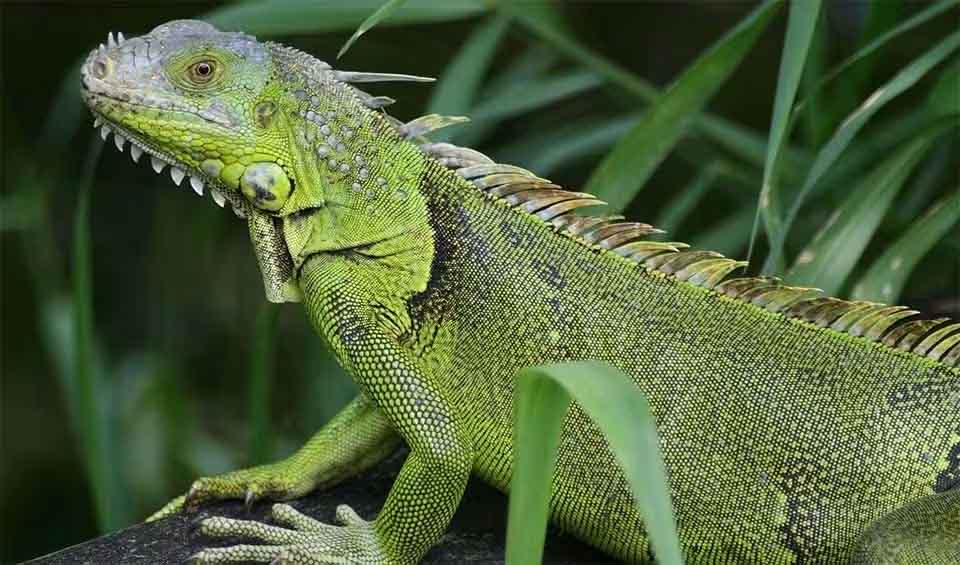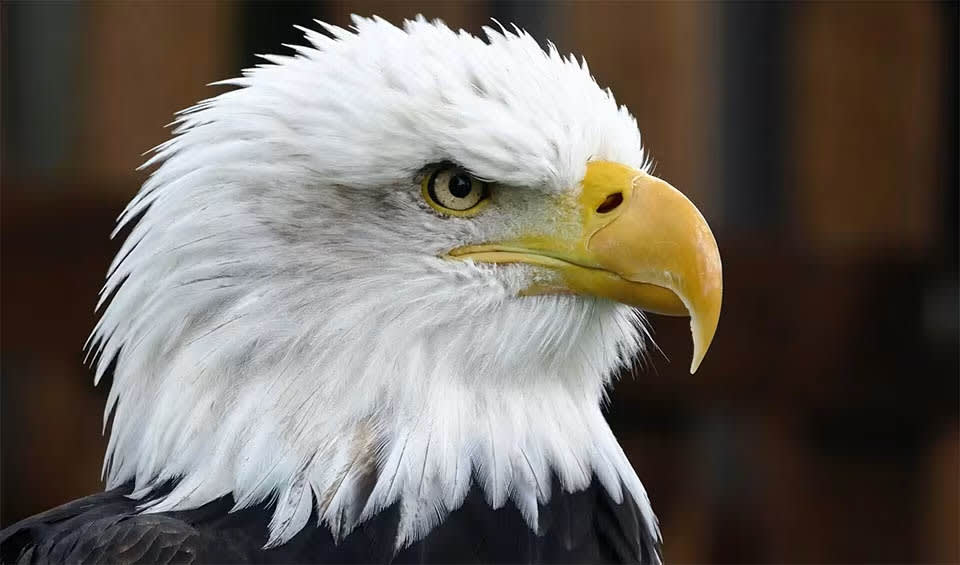Covering about 347 km² (134 mi²), the U.S. Virgin Islands may not be vast compared to other archipelagos, but it is packed with natural beauty. This U.S. territory consists of three main islands: St. Croix, St. John, and St. Thomas. These islands host hundreds of species of plants, fish, and birds, along with endangered sea turtles that nest on their shores.
Millions of tourists visit annually to enjoy the islands’ natural treasures, bolstering the local economy and communities. Tourism accounts for nearly 32% of the Gross Domestic Product and supports 29% of employment in the U.S. Virgin Islands. However, climate change, overfishing, and unsustainable coastal development pose serious threats to this Caribbean paradise.
Four pillars elaborated:
The U.S. Virgin Islands’ protected areas showcase a range of natural wonders, offering diverse ecosystems and recreational opportunities. Established in 2003, the St. Croix East End Marine Park spans 44 km² (17 mi²) and protects coral reefs, seagrass beds, and mangroves, making it a popular spot for snorkeling, diving, and fishing. Buck Island Reef National Monument, a 71 hectare (176 acres) underwater park, features a vibrant coral reef teeming with marine life, where visitors can snorkel, dive, and kayak in crystal-clear waters. The Virgin Islands National Park, covering 6,070 hectares (15,000 acres) and two-thirds of St. John, includes pristine beaches, lush rainforests, and historic ruins, providing opportunities for hiking, swimming, camping, and exploring the island’s natural beauty. Land Management
Land Management
Like much of the Caribbean and the world, the coastal and marine communities of the US Virgin Islands (USVI) are vulnerable to the impacts of climate change, such as hazardous coastal conditions and the loss of vital marine, coastal, and island resources. Climate change is expected to further stress the coastal environment by changing temperature and precipitation patterns, increasing the likelihood of extreme precipitation events, and accelerating sea level rise. Threats to Biodiversity
Threats to Biodiversity
The government of the U.S. Virgin Islands has implemented several significant measures to conserve and protect its biodiversity. Governor Albert Bryan Jr. issued an executive order declaring the territory’s ecosystems as natural infrastructure, requiring all government departments to integrate conservation efforts into their policies. Following this, agencies are directed to seek increased federal funding for protecting natural infrastructure, especially before and after disasters. The America the Beautiful initiative supports ecosystem restoration, while the Virgin Islands Conservation Society promotes sustainable development and conservation awareness. Capacity and Governance
Capacity and Governance
Additionally, the MarineGEO partnership and the use of the Caribbean Decision Support System (CDSS) for conservation planning highlight the commitment to preserving the islands’ natural heritage for future generations. These efforts underscore a strong dedication to environmental stewardship and biodiversity conservation in the U.S. Virgin Islands.
The US Virgin Islands’ Biodiversity Plan 2036 is a comprehensive strategy for conserving the territory’s rich biodiversity, envisioning a sustainable future where natural resources are valued, protected, and wisely used. As part of the broader National Sustainable Development Plan, it aims to balance economic development, social equity, and environmental protection. Developed through extensive consultations with diverse stakeholders, the plan reflects the territory’s commitment to achieving sustainability and protecting its natural heritage. Future Trends
Future Trends
Biodiversity
The U.S. Virgin Islands boast a diverse array of flora and fauna, both terrestrial and marine, thanks to their varied habitats and favorable climate. The islands’ plant life includes tropical and subtropical species like mahogany, tamarind, and mango trees, with the national park on St. John preserving a range of plant communities from coastal mangroves to dry forests. Endemic and native plants thrive in these protected areas, supporting local wildlife.The islands are rich in birdlife, featuring species such as the bananaquit, Caribbean hummingbird, and the endangered Bridled Quail-Dove, and also support populations of iguanas, geckos, and the endemic Virgin Islands tree boa. Marine life is abundant, with coral reefs hosting numerous fish species, sea turtles, and marine invertebrates, while the surrounding waters are home to dolphins and occasionally visiting whales.
In the table below are the number of known species in several main groups, how many of these species are Threatened with extinction, and how many of them are Endemic (unique to U.S Virgin Islands only):
| Species (World rank) |
Threatened | % Threatened | Endemic | % Endemic | |
|---|---|---|---|---|---|
| Mammals | 31 (#183) | 1 | 3.2% | ||
| Birds | 151 (#181) | 4 | 2.6% | 1 | 0.7% |
| Reptiles | 30 (#143) | 14 | 46.7% | 7 | 23.3% |
| Amphibians | 5 (#162) | ||||
| Fishes | 568 (#104) | 37 | 6.5% | 1 | 0.2% |
| Plants | 1,584 (#159) | 17 | 1.1% | 107 | 6.8% |
mammals
Pantropical spotted dolphin
A champion swimmer and a social butterfly of the warm seas
Common bottlenose dolphin
Known for their acrobatic leaps, twisting and turning gracefully as they jump completely out of the water
birds
Peregrine falcon
At the speed of over 321 km/h (200 mph), this bird outraces a Formula1 car
Brown-throated parakeet
Charming little parrot with a personality as bright as its feathers
Roseate spoonbill
An easily recognizable bird due to its pink body and spatulate bill
reptiles
Loggerhead sea turtle
One of the largest and strongest sea turtles in the world
Green iguana
From the US down to Brazil, this trans-American lizard is the most common iguana
Leatherback sea turtle
The mysterious diver of the ocean is the largest and only sea turtle without a hard shell and scales
National Animals
Bald eagle
The magnificent national bird of the United States, distinguished by a snowy white head, neck, and tail













